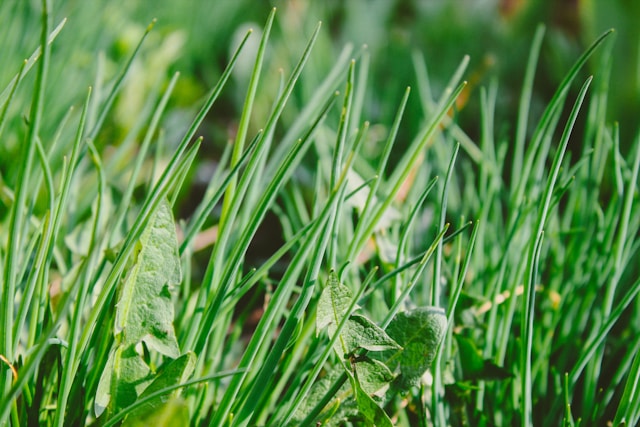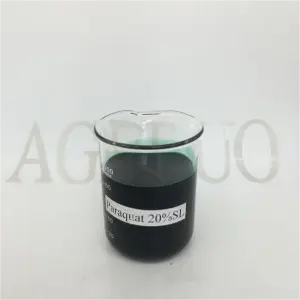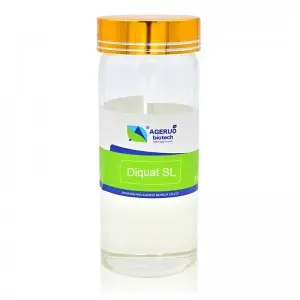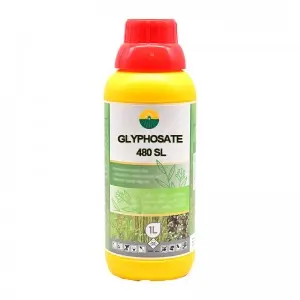What are herbicides?
Herbicides are chemicals used to destroy or inhibit the growth of weeds. Herbicides are widely used in agriculture and horticulture to help farmers and gardeners keep their fields and gardens tidy and efficient. Herbicides can be categorized into several types, mainly including contact herbicides and systemic herbicides.
Why is it important to understand herbicides?
Understanding how different types of herbicides work, how fast they work, where they are applied, and how effective they are is critical to choosing the right herbicide. Not only will this help improve weed control efficiency, but it will also minimize negative impacts on the environment and protect the health of your crops.
Contact herbicide
Mode of action
Contact herbicides kill parts of the plant by coming into direct contact with them. These herbicides do not move or translocate within the plant and therefore are only effective on the parts that come into contact.
Speed
Contact herbicides are usually fast acting. Visible damage to the plant is usually caused within hours or days.
Application
These herbicides are commonly used to control annual weeds. They are less effective on perennial weeds because they do not reach the plant’s root system.
Examples
Paraquat 20% SL is a contact-killing herbicide, which mainly kills the chloroplast membrane of weeds by contacting the green parts of weeds. It can affect the formation of chlorophyll in weeds and affect the photosynthesis of weeds, thereby quickly terminating the growth of weeds. It can destroy both monocotyledonous and dicotyledonous plants at the same time. Generally, the weeds can be discolored within 2 to 3 hours after application.
Diquat is generally used as a conductive contact killing bioherbicide. It can be quickly absorbed by green plant tissues and loses activity soon after contact with soil. It is used for weeding in fields, orchards, non-arable land, and before harvesting. It can also be used as The stems and leaves of potatoes and sweet potatoes wither. In places where gramineous weeds are severe, it is better to use paraquat together.
Advantages and disadvantages of contact herbicides
Pros
Fast-acting for areas that need quick control.
Very effective on annual weeds.
Disadvantages
Doesn’t kill the root system, so not as effective on perennial weeds.
Needs to thoroughly cover the plant’s foliage to be most effective.
Systemic Herbicide
Mode of action
A systemic herbicide is absorbed by the plant and translocated throughout its tissues and is able to reach the roots and other parts of the plant, thus killing the entire plant.
Speed
The rate of onset of action of systemic herbicides is usually slow because they take time to be absorbed by the plant and move throughout the plant.
Application
These herbicides are effective against both annual and perennial weeds because of their ability to kill the roots of the plant.
Examples
Glyphosate is a non-selective herbicide. It is important to avoid contaminating crops when applying it to avoid phytotoxicity. It is applied to the leaves of plants to kill both broadleaf plants and grasses. It has a good effect on sunny days and high temperatures. The sodium salt form of glyphosate is used to regulate plant growth and ripen specific crops.
2,4-D, known as 2,4-dichlorophenoxyacetic acid, is a widely used selective systemic herbicide. It is primarily used to control broadleaf weeds without harming grasses.
Advantages and disadvantages of systemic herbicides
Pros
Able to kill plant roots, making them effective on perennial weeds.
Only need to partially cover the plant as they move within the plant.
Disadvantages
Slow onset of action, not suitable for situations where quick results are needed.
May have a greater impact on the environment and non-target plants.
Key differences between contact herbicides and systemic herbicides
Coverage
Contact herbicides require complete coverage of the plant’s foliage, and any parts of the plant not in contact with the herbicide will survive. In contrast, systemic herbicides require only partial coverage because they move within the plant.
Effectiveness on perennial plants
Contact herbicides are less effective on perennial weeds with extensive root systems, while systemic herbicides can effectively kill perennial weeds by reaching the roots.
Use Cases
Contact herbicides are often used to knock down weeds quickly, especially in areas where soil contact may damage desired plants, while systemic herbicides are used for complete, long-term control of persistent weeds.
To summarize
Contact and systemic herbicides each have their own unique mode of action, speed, and range of application. Which herbicide to choose depends on the type of weed, the rate of control needed, and environmental considerations. Understanding the differences and application scenarios for these two herbicides will help make weed management more effective.
Post time: May-24-2024











